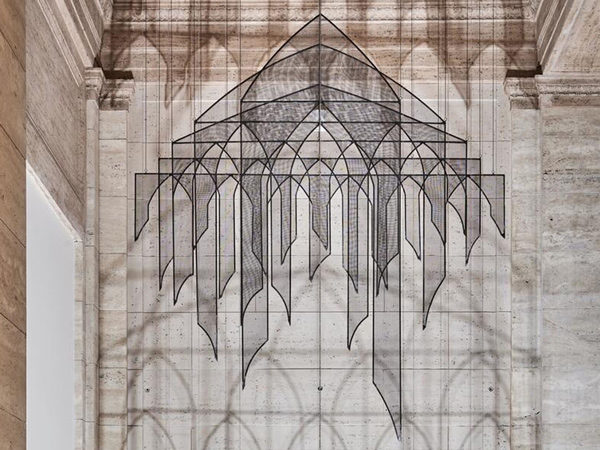Activity
An Introduction to the Qu’ran
A brief introduction to the Qu'ran. Includes audio by Qamar Adamjee, Malavalli Family Foundation Associate Curator of Art of the Indian Subcontinent.

Qu’ran, approx. 1300–1400.
The Qu’ran first began to be revealed through the angel Jibril (Gabriel) to Prophet Muhammad during one of his meditative retreats inside the Cave of Hira near Mecca. Prophet Muhammad memorized these words and passed them on orally. Following his death in 632, the revelations continued to be preserved orally until a couple of decades later when they were compiled toform the Holy Koran, the most revered text of the Muslim faith. The Koran contains 114 chapters. Except for the opening chapter, these are arranged according to length from the longest to the shortest.
The word Qu’ran means “recitation.” The Qu’ran is recited by Muslims as part of worship during prayer. The Qu’ran is believed to be miraculous and is characterized by the principle of inimitability; that is, no human can match its language and beauty. Since the Koran was revealed to Prophet Muhammad in Arabic, it is highly encouraged to read and recite the Qu’ran in Arabic. Thus, Arabic lettering can be seen in places as diverse as North Africa, Spain, and China. Religious devotion is often expressed through the recitation and copying of the sacred scripture.
The Arabic language is read from right to left. When looking at the front cover of a Qu’ran, for example, the spine is on the right rather than on the left as with a conventional book in a Western language. Arabic is only written in cursive form and has no capital letters. The Qu’ran is not only a sacred text, but also a sacred object. Thus there are very precise rules governing the handling and treatment of the Qu’ran.
Audio by Qamar Adamjee, Malavalli Family Foundation Associate Curator of Art of the Indian Subcontinent.







